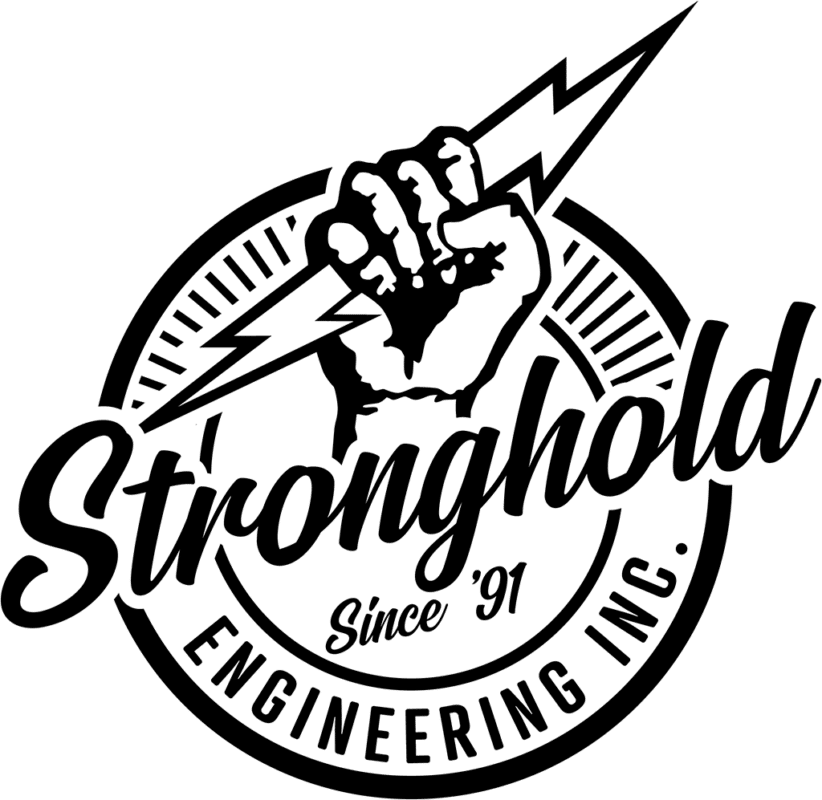Does your company involve high-risk day-to-day responsibilities? An Experience Modification Rate (EMR) is a critical metric, particularly within industries that involve physical labor or potential risk. Understanding this rating is essential, and taking steps to maintain it below 1.0 can have significant financial implications.
What Is An Experience Modification Rating (EMR)?
An Experience Modification Rate is a numerical assessment used by insurance companies to measure the overall risk level of an organization. It plays a direct role in determining the worker’s compensation premiums that an organization must pay. EMR values typically fall within a range of 0.48 to 5.00—a rating of 1.0 is the industry benchmark.
Why Should Construction Companies Keep a Rating of Under 1.0?
The EMR rating directly impacts a construction company’s financial health and reputation in the industry.
Cost
The higher the EMR rating, the more a company has to pay out in premiums. Essentially, since the EMR is a measure of how “risky” a business is, companies that keep their ratings low are seen as less prone to claims and, thus, more attractive to insurance companies.
Marketability
Many clients, including organizations and government agencies, prefer to work with contractors that maintain an EMR of 1.0 or lower. These clients prioritize safety and view a low EMR as a sign of a company’s commitment to maintaining a safe work environment.
High EMRs can limit a construction company’s ability to secure contracts with these clients, which potentially reduces business opportunities.
Reputation and Safety
A higher EMR can negatively impact an organization’s reputation within the industry. It could suggest that the organization has a history of workplace incidents and is not following effective safety protocols.
Maintaining a low EMR demonstrates a dedication to safety, which can enhance a company’s reputation and attractiveness to both clients and potential employees.
Factors That Affect Experience Modification Rate
Several factors can influence an organization’s EMR. A high frequency of claims—regardless of their severity—can indicate deficiencies in safety measures and protocols, which results in an increased rating. One big claim could just be a slip-up, but if these claims occur often, it’s more likely a bigger problem within the organization.
Likewise, if an organization has a low number of claims with high costs, the EMR rating can increase. This is because higher-value claims influence EMR calculation more than smaller claims. Companies must focus on not only minimizing the number of injuries but also on effectively managing claim expenses.
Claims that involve severe injuries or extensive property damage can also increase a rating significantly. That’s why adopting and strictly adhering to safety protocols is important—not only does it safeguard the well-being of employees, but it also mitigates the risk of accidents.
Steps to Obtaining an EMR Rating
The EMR is a critical metric that is crucial for construction companies. Here’s how to start understanding your company’s rating:
- Gather the Necessary Documentation: Gather and review your organization’s payroll records, workers’ compensation insurance records, and previous claims.
- Choose the Right Provider: Select a service provider with expertise in EMR analysis. A good provider will be able to help you understand your rating and make a plan on how to improve it.
- Initiate the EMR Calculation: Provide the necessary documents to your provider. Your provider will analyze your documents to calculate your company’s current EMR rating.
5 Reasons Why Your Rating Is Important
EMR is an important factor that can influence almost everything about a construction company, including the ability to secure new contracts. It impacts costs, reputation, legal requirements, and more, making it a central aspect of the construction industry’s success and sustainability.
1. Cost Implications
A low experience modification rate directly correlates with reduced worker’s compensation premiums. Maintaining a low EMR translates to reduced insurance costs and offers substantial financial savings for the company. These savings can be reinvested into the business, which makes it more competitive and financially stable.
2. Building a Positive Reputation
An impressive EMR can also help build a positive reputation within the industry. This rating signals to potential clients, partners, and employees that the company is committed to safety and risk management, which can provide trust and attract more business opportunities.
3. Legal and Compliance Requirements
In certain industries and regions, companies are required to have a minimum EMR rating before they can qualify for new contracts. A high rating could disqualify them from these projects and result in lost revenue.
4. Ensure a Safer Workplace
A low rating is not only beneficial for a company’s financials but also for its workforce. A commitment to safety and risk management fosters a safe environment where employees feel protected and secure. Employees who feel safe and satisfied will often experience higher morale and companies could experience lower turnover rates.
5. Employee Well-Being
Having a low EMR rating is an indication of a company’s commitment to protecting its employees and promoting safe work practices. This commitment permeates an organization to ensure that everyone is aware of their responsibilities when it comes to safety. This could result in fewer accidents and injuries on the job.
Strategies for Maintaining a Low EMR Rating
Implementing effective strategies is crucial to maintaining a low EMR rating and upholding safety standards in your organization. Here are several key strategies to help you maintain a favorable EMR rating.
- Continuous Safety Improvement: Implement a comprehensive safety program and ensure that all employees receive regular safety training. Continuously evaluate and improve safety procedures to adapt to changing conditions and industry best practices.
- Effective Claims Management: Keep accurate records of incidents and ensure that all reports are filed on time. Follow best practices for claims management, which includes thorough documentation, investigation, and resolution. Learn from past incidents to prevent future occurrences.
- Employee Engagement and Training: Encourage employee participation in safety initiatives and provide ongoing safety training. Ensure that employees are aware of their roles and responsibilities regarding safety protocols.
- Proactive Risk Management: Create a risk management program to identify and mitigate potential risks before they can lead to accidents or injuries. Conduct regular risk assessments at worksites and during project planning stages.
- Management Commitment: Strong leadership commitment is crucial. Management should lead by example in adhering to safety protocols and emphasizing their importance.
Keeping an EMR rating below 1.0 is critical for the success of any business. It is not merely a number on paper but a reflection of the organization’s genuine commitment to safety and risk management.
Stronghold Engineering Will Prioritize Your Needs
As an industry leader among California general contractors, we at Stronghold Engineering are dedicated to delivering the highest quality end product while prioritizing the well-being of our employees.
With an EMR rate of 0.70, our biggest core value is safety. Our safety record is something we’re proud to look back on, and we have been awarded outstanding performance and design awards from DBIA, AGC, ENR, and ABC.If you are looking for a construction company that values safety on the job, reach out to us and get an estimate for your project today.

